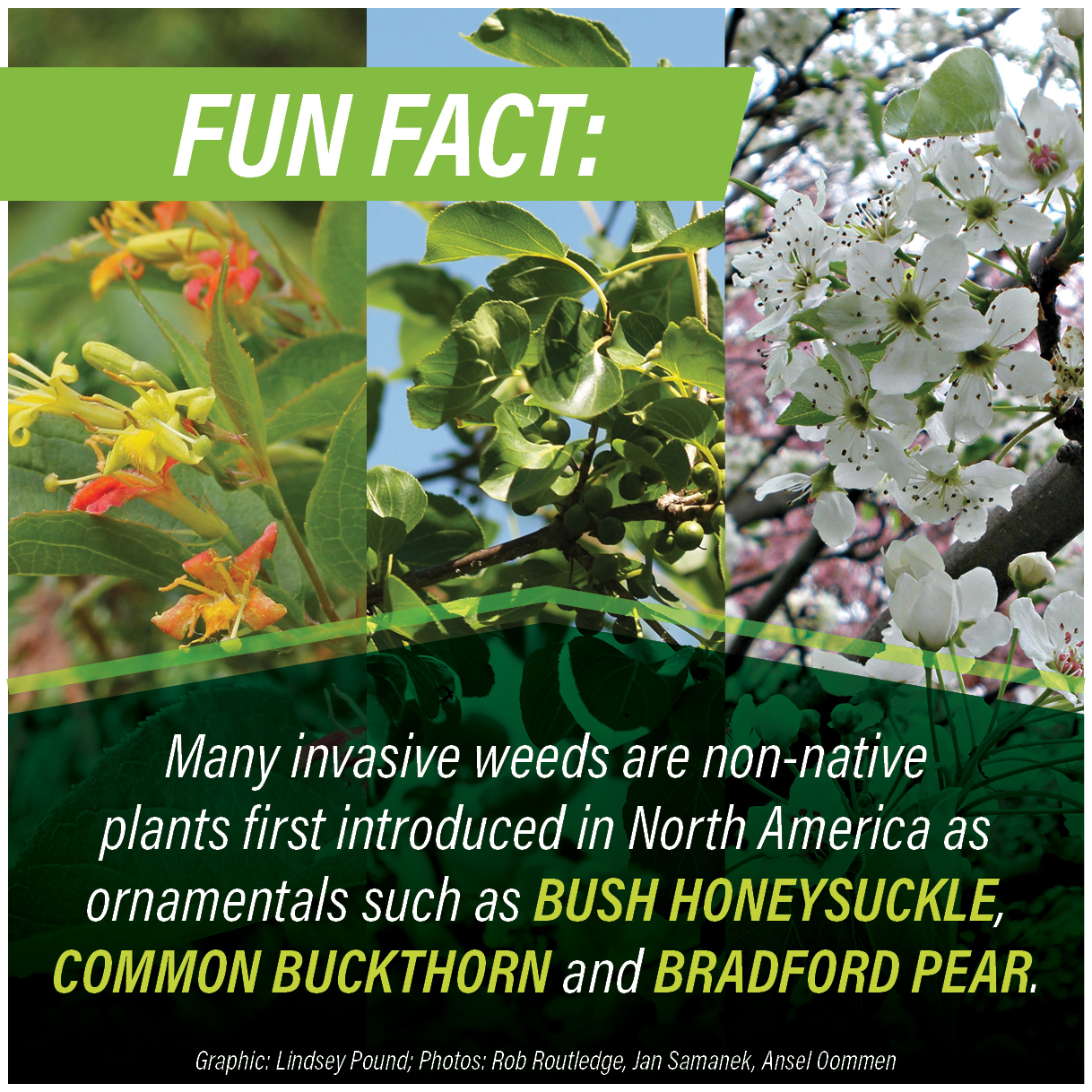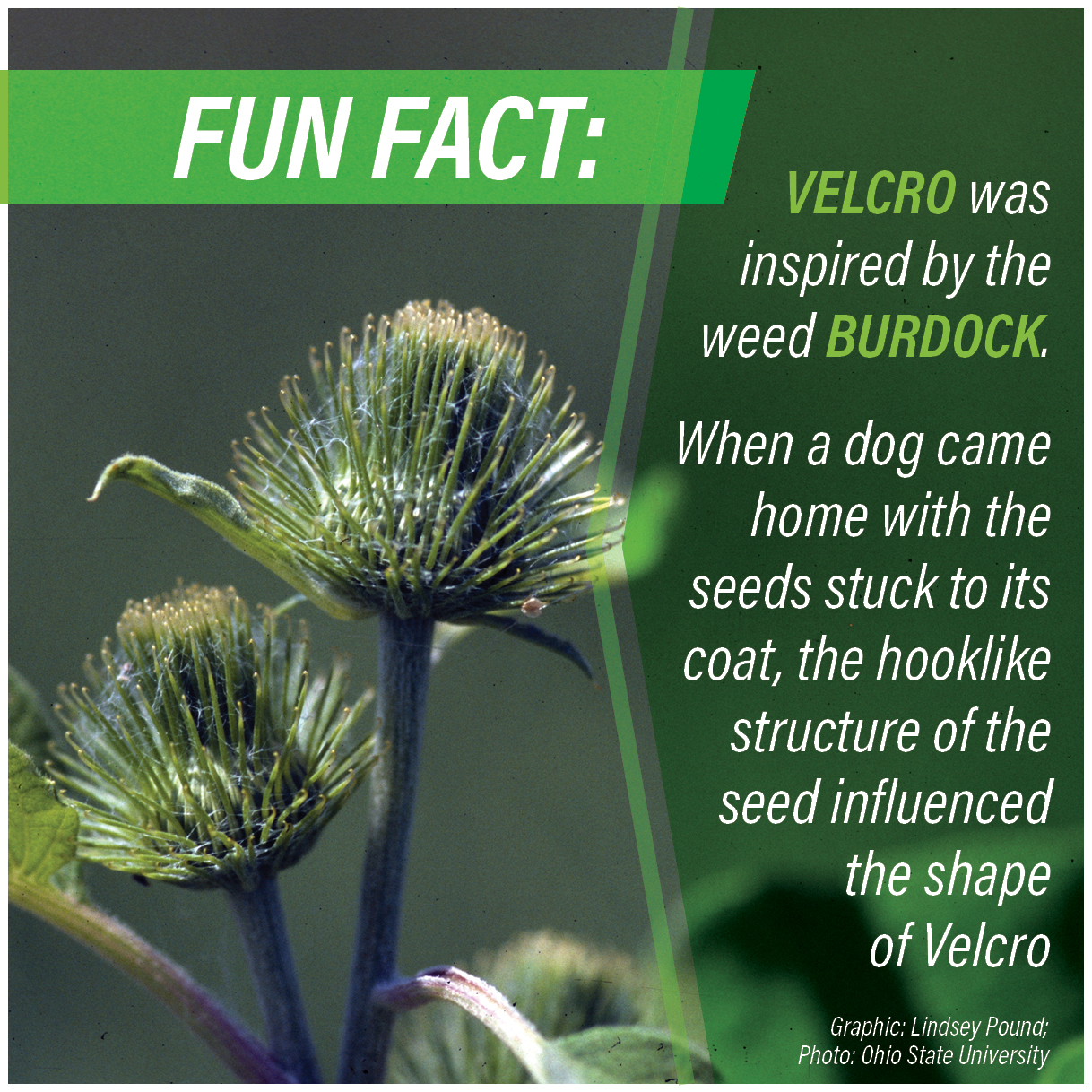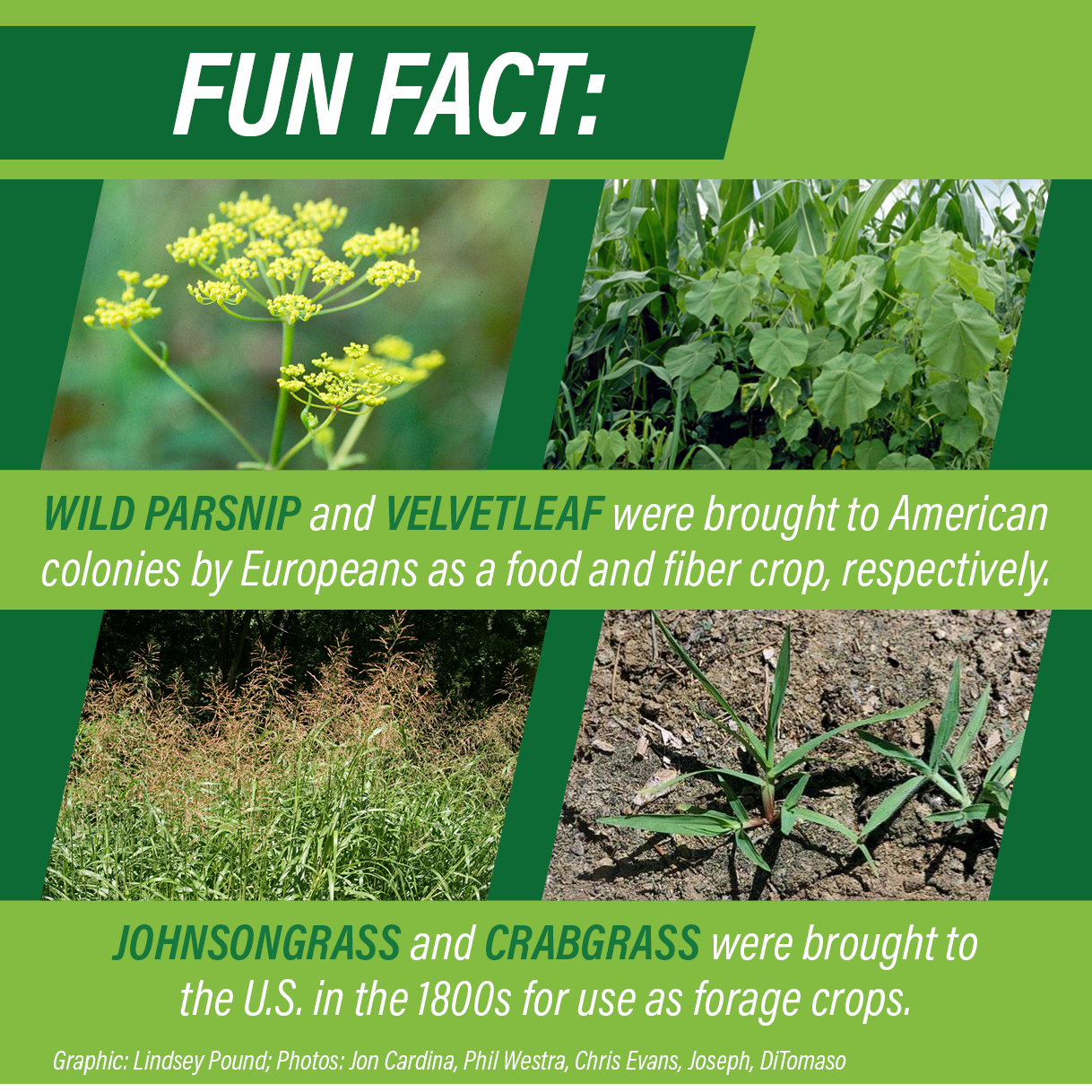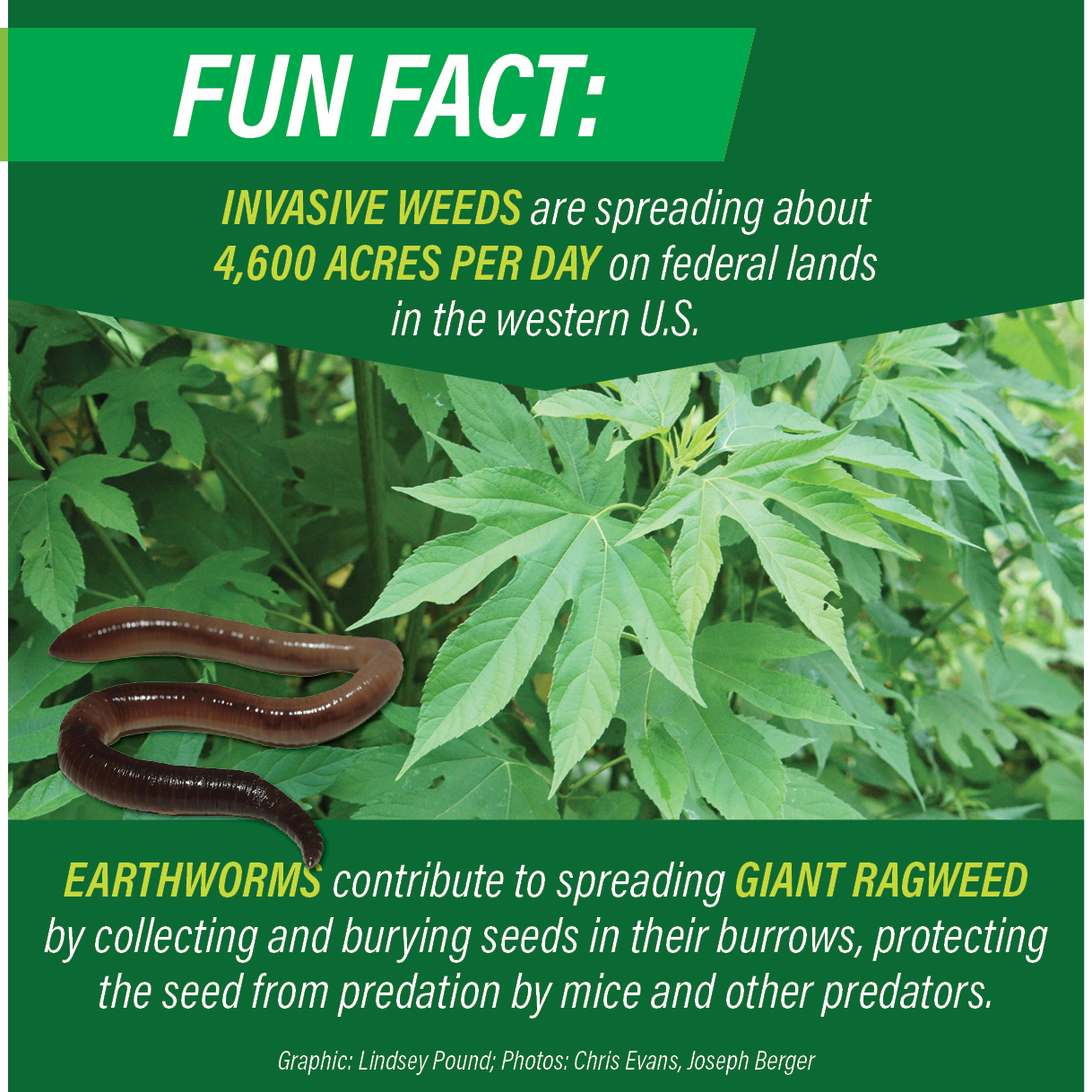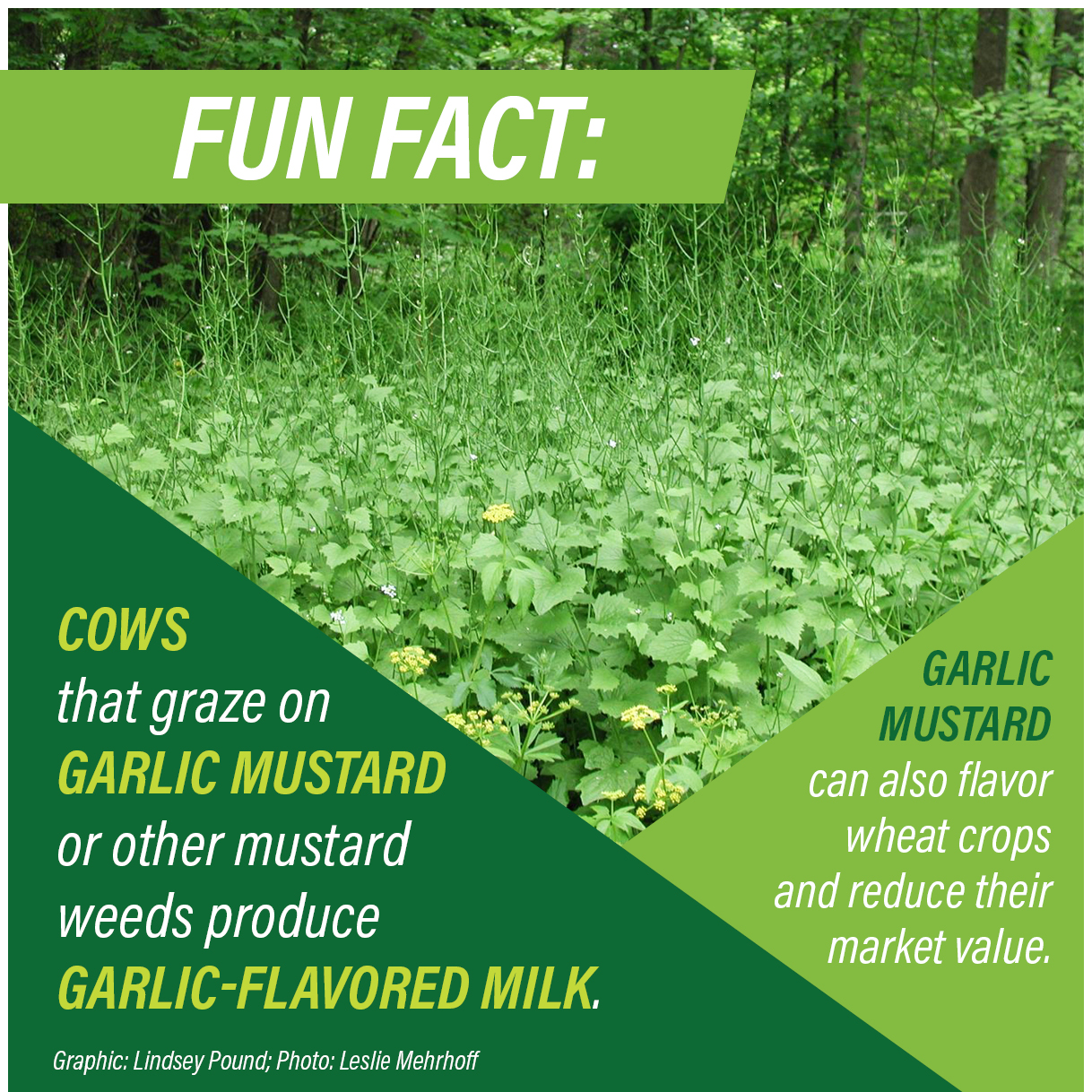Sneaky Weeds Descend on U.S. Fields

They lurk within your soil, waiting for the right combination of sunlight, water and temperature to poke through their ugly heads. They emerge and disrupt your carefully crafted ecosystem.
Weeds are prolific, not only in seed production but distribution as well. Through a variety of vehicles, they spread far and wide, increasing their devastation with each new location.
“By far, human activities are the No. 1 source of weed seed transportation in ag systems,” says Bob Hartzler, Iowa State University Extension weed scientist.
Here are a few common ways weed seed spreads:
Farm Equipment: Likely the biggest way farmers unintentionally spread weed seed is moving equipment from field to field.
“With something like waterhemp, 1 million seeds in a combine isn’t unlikely,” Hartzler says. “A study showed if you want to completely clean out a combine to eliminate weed seeds it would probably take two days, but if you finish a field and just run the combine to blow it out that’ll probably eliminate three-quarters of the seeds.”
If you take half an hour to clean the areas you know seeds will be, he says, you can likely reduce seeds by about 95%.
Pollinator Plots: Bird seed and pollinator plots can contain unwanted weed seed. “Does the bag of seed you’re buying have just one thing or numerous ingredients?” asks Kevin Bradley, University of Missouri Extension weed scientist. “Having just one kind of seed is much safer because when you clean seed you have just one size to watch and keep weed free.”
Out-of-State Seed: Buying grass and forage seeds from other states can import weed seeds. “It’s not that any state is doing it intentionally, but if seed is coming from a state with something like Palmer amaranth, use caution,” Bradley says. “Always use a reputable brand name of seed.”
Manure: “We know spreading manure can introduce weed seed, but we don’t haul manure that far, so it’s not going to be weed seed crossing state lines,” Hartzler says. However, if it’s manure from a farm you don’t own it could introduce a number of new resistant biotypes.
Non-Human Weed Seed Spread
Mother Nature is also to blame for transporting weed seeds. Think wind, water and wildlife.
“Historically, noxious weed laws targeted weed species that were wind dispersed, like Canada thistle. Horseweed/marestail, one of the first weeds to develop resistance to glyphosate, also spreads that way,” Hartzler says.
Water can spread weeds through flooding, something many farmers experienced first-hand in 2019. Simply, weeds move where water, or soil in water, moves and drop when water recedes, sometimes miles from their original location. Waterhemp is known to catch a wave to new locations regularly.
Finally, a couple perhaps surprising allies to weeds are ducks and geese. The fowl eat the weed seed, it goes through their digestive system and is redistributed through waste. A study by Bradley and others found ducks can spread weed seed up to 1,800 miles from the source. More than 35,000 plants emerged from the 526 ducks and geese harvested in their study.
“For decades I’ve heard farmers say, ‘I never had that weed until the ducks and geese showed up,’” Bradley says. “They do eat it, and weed seed was pretty easy to find.”
Weeds are sneaky, but you can take preventative steps to reduce their spread. In addition, follow best management practices for weed control throughout the season to help suppress weeds and stop them from producing even more troublesome offspring.
